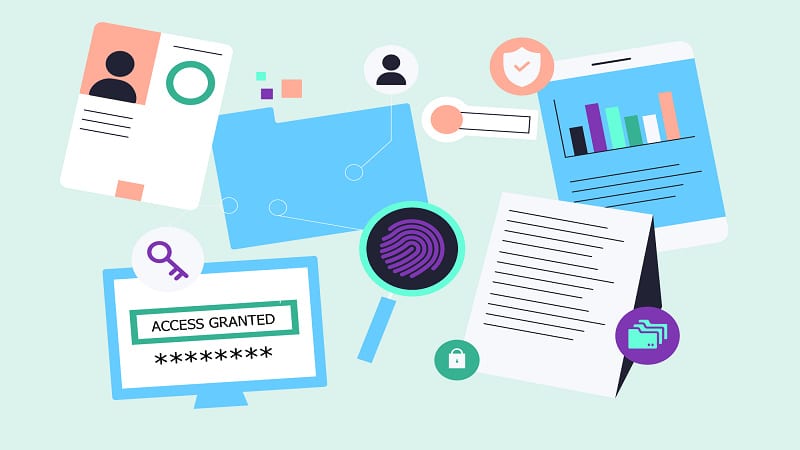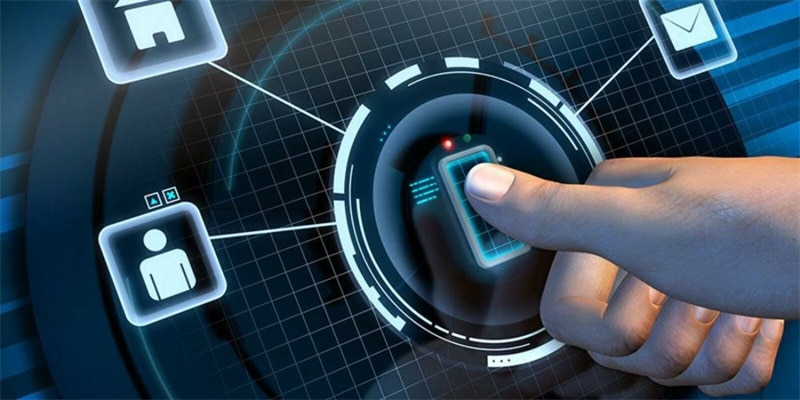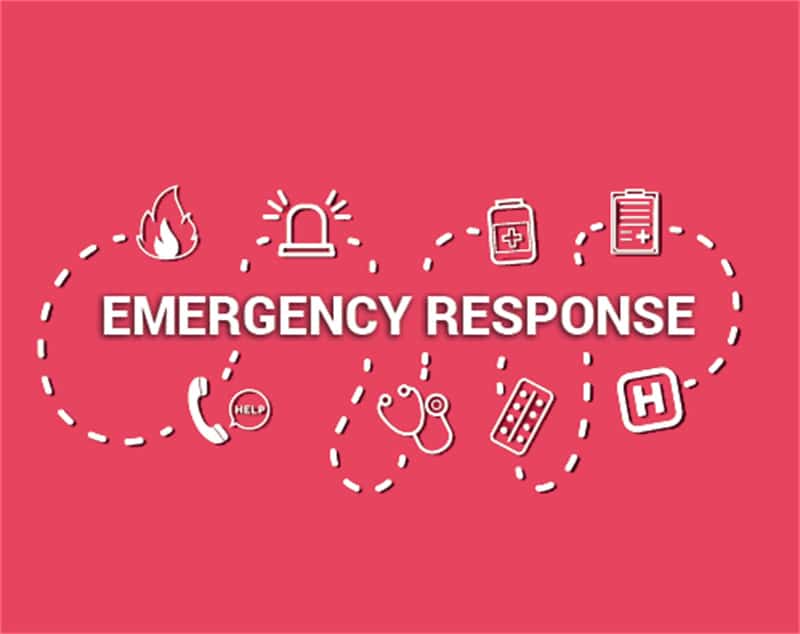
Controlling who can access a building or worksite is as important as ever. When there is no control, you never know who is coming in and what they are up to when they do get through. When it comes to building security, it is no longer enough to rely solely on traditional locks and keys or simple surveillance cameras.
These days, it’s important to integrate physical measures with digital ones to create a sealed environment. When these measures are treated as separate entities, gaps can emerge in the overall security plan leading to breaches. In this article, we will go over how companies like Genetec are leading the way toward a more integrated approach to building security.
1 – Access control systems

Access control systems are the most important way to make sure only the right people are allowed into a building. These systems typically use digital authorization methods, such as biometric scanners or Radio Frequency Identification (RFID) tags, to determine who can enter a specific area. By doing so, they add a layer of security that goes beyond traditional keys or access cards, which can be lost or copied.
The beauty of these integrated systems is their ability to manage and monitor access to secure areas effectively. For example, a biometric scanner can be linked to a turnstile or a locked door. When an authorized person uses their fingerprint or facial recognition to gain entry, the system cross-references this information with a digital database to verify their identity. Once confirmed, the physical barrier is unlocked, allowing entry.
In emergencies, these systems can be programmed to lock down specific areas or the entire building for an additional layer of safety.
2 – Data security
The protection of a building's digital infrastructure is as important as its physical security. Secure server rooms, for example, serve as a safe area for the digital assets of a company. These rooms are often equipped with reinforced doors, biometric access controls, and surveillance systems, ensuring that only authorized personnel can access sensitive data physically.
Cybersecurity measures play a big role in protecting these physical security systems. A breach in digital security can lead to vulnerabilities in the physical security infrastructure, potentially giving attackers access to secure areas or sensitive information.
3 – Emergency response

One of the key features of the integration between the physical and digital is the use of automated alarm systems. These alarms can automatically notify emergency services and begin safety protocols. For instance, if there’s a fire, the system can unlock all exit doors and alert the fire department.
Unfortunately, lockdowns are a regular part of daily life these days. If there is a security breach and the building needs to be locked down, doors can automatically lock, elevators can be inaccessible, and access to certain areas can be restricted.
Surveillance cameras and sensors can feed live data to a central control room, where security personnel can make informed decisions and direct resources where they are most needed.






